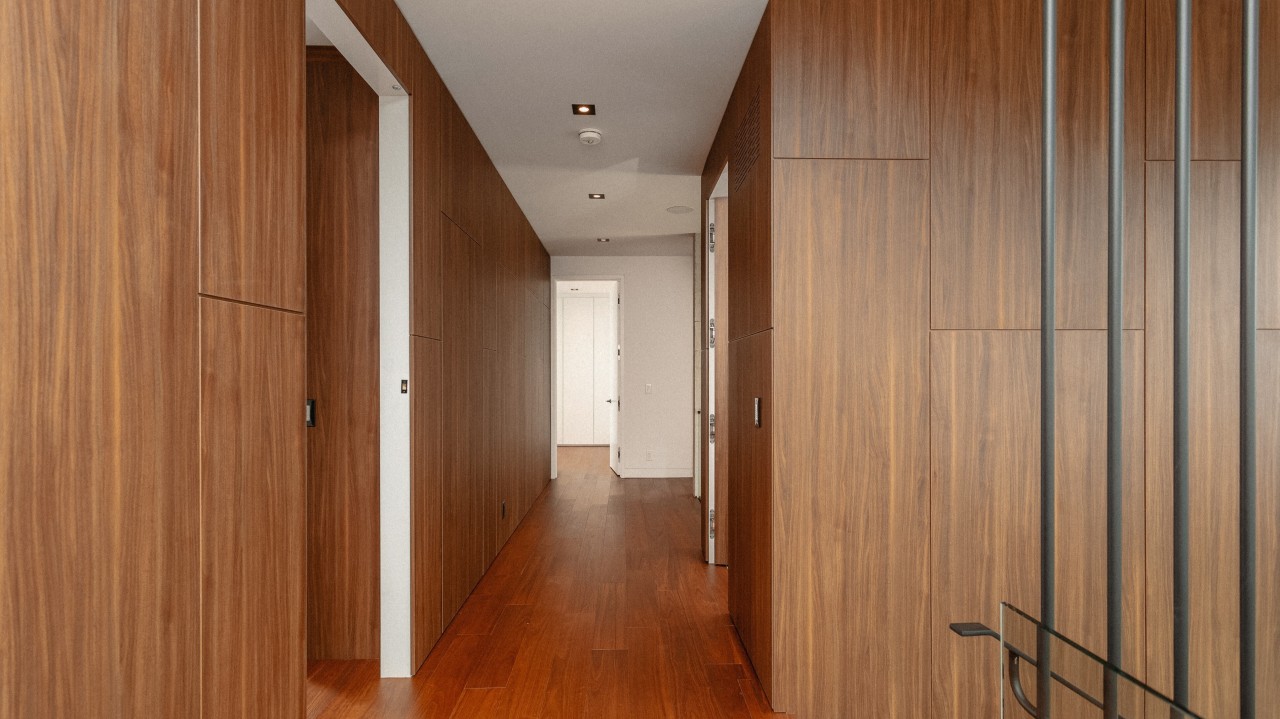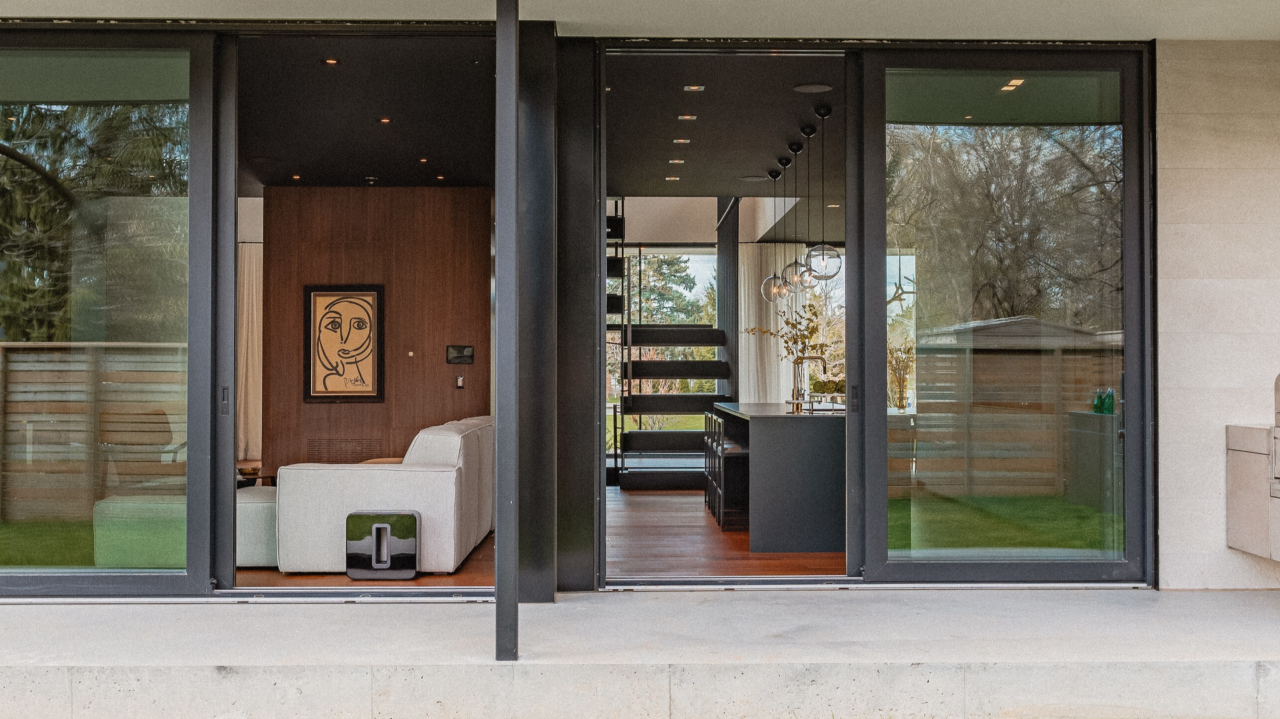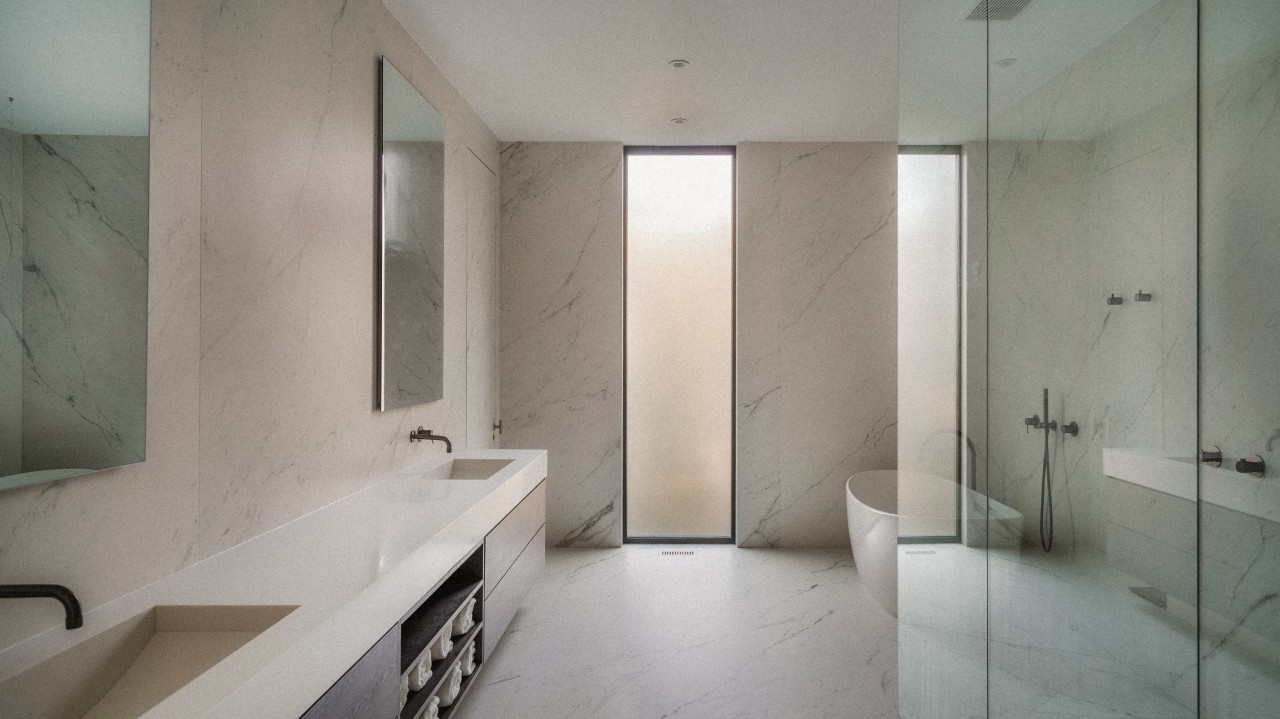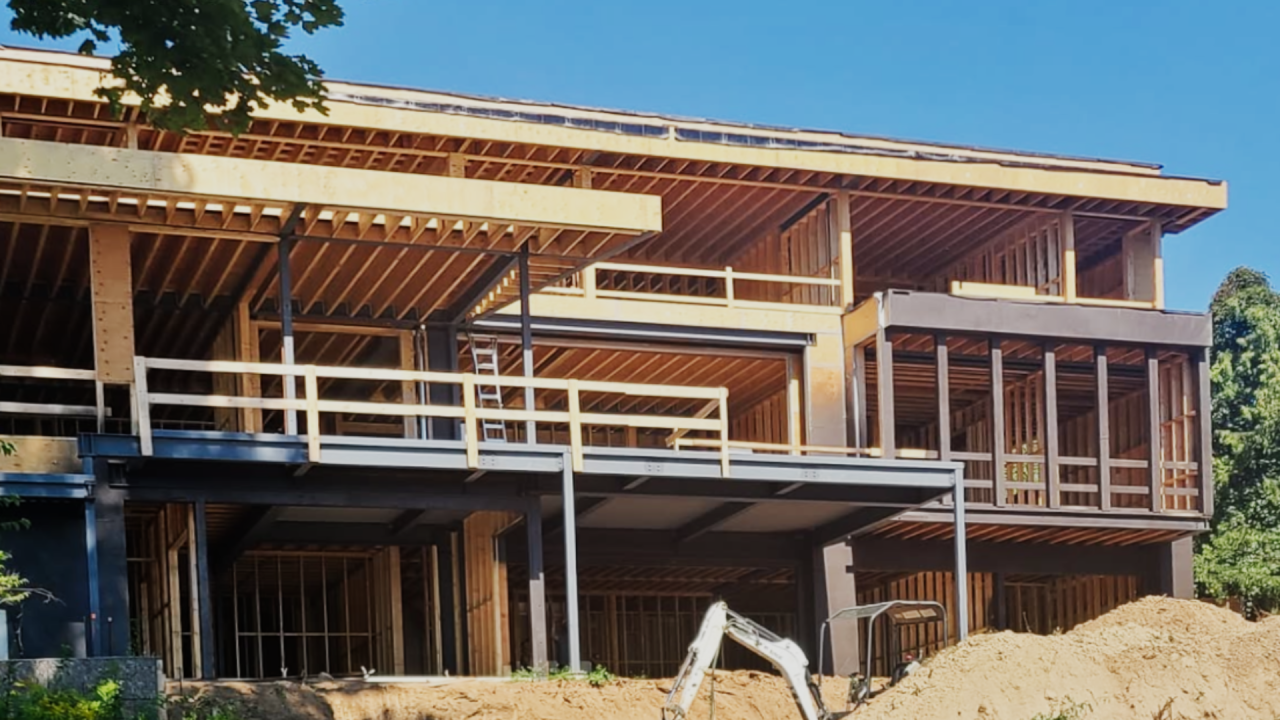The Luxury Home Budget Dilemma
Every luxury home begins with a vision - a perfect blend of design, craftsmanship, and carefully selected materials. Yet, even the most well-planned projects can be derailed by one common issue: hidden costs.
For many homeowners, the final bill often looks nothing like the initial estimate. Allowances shift, line items increase, and unexpected expenses emerge. The problem is not always overspending - it is a lack of transparency and foresight in the budgeting process.
A well-managed luxury home build is not just about what is spent - it is about how costs are structured, communicated, and controlled.
Where Do Hidden Costs Come From?
While many builders provide upfront estimates, the reality is that costs can escalate if the budgeting process is not handled with precision. Some of the most common areas where clients encounter financial surprises include:
- Allowances vs. Actual Costs - Initial budgets often include allowances for finishes, appliances, or materials, but these numbers can be underestimated. If selections exceed the allowance, the difference falls on the client.
- Change Orders and Scope Creep - Adjustments to design, material selections, or structural elements can cause costs to rise mid-project, often at a premium.
- Site Conditions and Unforeseen Structural Issues - Excavation can reveal soil instability, hidden utility lines, or foundation concerns, leading to unexpected engineering solutions and added expenses.
- Permitting and Compliance Costs - Many homeowners underestimate the time and cost associated with securing permits, environmental approvals, and municipal requirements.
Understanding these potential pitfalls in advance allows clients to make informed decisions before the first foundation is poured.
How to Prevent Cost Overruns in a Luxury Home Build
The best way to manage a construction budget is not to react to surprises, but to eliminate them from the start. A well-structured project includes:
- A Realistic Budget from Day One Every cost should be based on real-world pricing, not optimistic allowances. Understanding actual costs upfront prevents sticker shock later.
- Line-Item Transparency A properly structured proposal should break down every expense clearly and in detail - from materials and labor to management fees and trade costs. This prevents vague pricing and unexpected markups.
- Contingency Planning A truly refined budgeting approach includes a contingency fund built into the financial model. Rather than absorbing unexpected costs as they arise, smart financial planning ensures these risks are accounted for in advance.
- Change Order Protocols The best projects include a clear, documented process for approving and pricing changes. This ensures that modifications are intentional rather than reactive, with full visibility on associated costs.
- Transparent Trade Bidding Contractor and supplier bids should be reviewed not just for cost, but for value. The lowest bid is not always the best bid, and the right process ensures that selections are made based on expertise and long-term quality rather than cost alone.
A well-managed project does not mean cutting costs - it means controlling them from the outset so that every dollar spent contributes to quality and value.
The Future of Cost Transparency in High-End Homebuilding
Luxury homebuilding is evolving. Clients today expect more than just a beautiful final product - they expect a process that is refined, transparent, and free from financial ambiguity.
A successful project is not just one that delivers a stunning residence - it is one that does so without hidden costs, unnecessary inflation, or last-minute financial surprises.
Because true luxury is not just about what is built. It is about how it is built.
#LuxuryHomes #ConstructionCosts #ArchitecturalIntegrity #LuxuryBuilding




